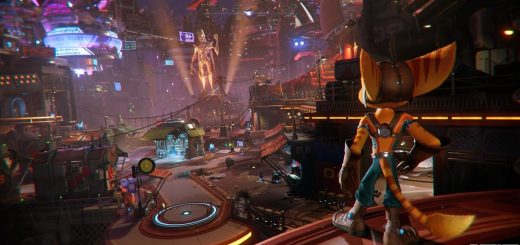Uncovering the eldritch horror monster-collecting RPG Book of Abominations
I was so taken with one game at EGX 2023 that I returned to play it every day I was there. It’s called Book of Abominations and it’s a bit like Pokémon – if Pokémon existed in a Lovecraftian nightmare.
Essentially, Book of Abominations is a monster-collecting RPG where you accidentally release monsters into the universe after finding a big, suspiciously evil book. And because it was your fault, it’s now your job to find all of these monsters and return them. Most of them are semi-willing to go back inside but some big ones you will need to fight first. Luckily, though, as you capture more monsters, you’ll be able to build bigger and better teams to deal with them.
Combat is turn-based and you can get your allied monsters to chip away at the enemy’s health until, once you’re confident you can win, you can perform the Capture Ritual to return the monster home. It sounds simple but I couldn’t stop going back to play it. Perhaps I was under the influence of a Capturing Ritual myself.
I was fortunate enough to have the chance to talk to the game’s maker, Magination Games, after the event to learn more about their early development title. Alex de la Cour is the team leader, artist and one of the programmers. Jan Huss is also one of the programmers, a producer and audio designer. They both wear a lot of hats, as they say. Both created the game as part of the DARE Academy competition hosted by Abertay University and subsequently, they won every category.
Eurogamer: The horror-Pokémon concept seems to have really captured people’s Imaginations. Where did it come from?
Alex de la Cour: Book of Abominations is an eldritch horror-themed monster-collecting RPG. In a nutshell, it’s Pokémon meets Lovecraftian horror with elements of JRPG turn-based combat thrown in.
I came up with the idea quite a while ago. While learning pixel art I used to post a lot on this Twitter account, Pixel Dailies, where they put out a daily theme and people post their interpretation. I can’t remember the exact theme – I think it was Pokémon – and despite making a game like this I’ve never actually played Pokémon, but I knew what the concept was. I made this little gif of Cthulhu being sucked into a necronomicon style book of the dead and posted that this was my take on capturing monsters.
Everyone commented things like: “You should make that game!” “Sounds like such a cool game idea!” Then I was like, you know what? I should make it.
That was a few years ago. I didn’t have any of the skills whatsoever to make the game I wanted to at that point but I kept the idea tucked away, kept levelling up the skills. Then I met dude [they gesture to Huss] who is really cool and good at everything that he does. I told him about it, he was like, “Yep, let’s do it,” and here we are.
Was the pixel art style one of the first things you decided on?
Alex de la Cour: Kind of alongside it. Pixel art is the only artistic medium that I know at all. I can’t do 3D art or anything like that, so pixel art has always been the only thing I know as far as making games goes, and I don’t think that will ever change. I love it far too much.
It was absolutely charming when I played it – the art style was lovely. I still have the stickers.
Jan Huss: Yes!
Alex de la Cour: Awesome. Charming is what we’re going for – charming and charismatic meets unsettling and grotesque. That’s [the thinking behind] everything we design for the game and we tried to fit it into that, so I’m glad charming came through.
Book of Abominations grew out of the DARE Academy. Can you explain a bit about what that is?
Jan Huss: We didn’t know what DARE Academy was until two years ago. It’s a competition – well, you call it a competition but it’s something else – that Abertay University hosts once a year. You get to apply as an undergrad student with a team of two-to-eight people. You pitch a game – it could be a project that you’ve already been working on, could be something that doesn’t even exist, like a scribble on a napkin – then you go through an application phase and an interview stage. Once you get in, you do a hot-housing month with industry professionals. You work on the game all summer until you go down to EGX to showcase it.

